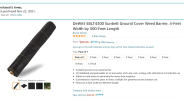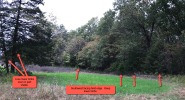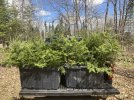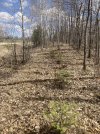Bowsnbucks
5 year old buck +
If I recall correctly, BHS is a variety of white spruce. I believe it developed as a regional variation of "regular" white spruce. It's said to be more cold-tolerant.Are white spruce and Black Hills spruce the same species?
Buck posted at the same time as me. I'll defer to Buck's knowledge of BHS. ^ ^ ^ ^





